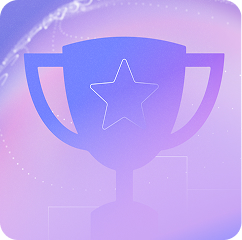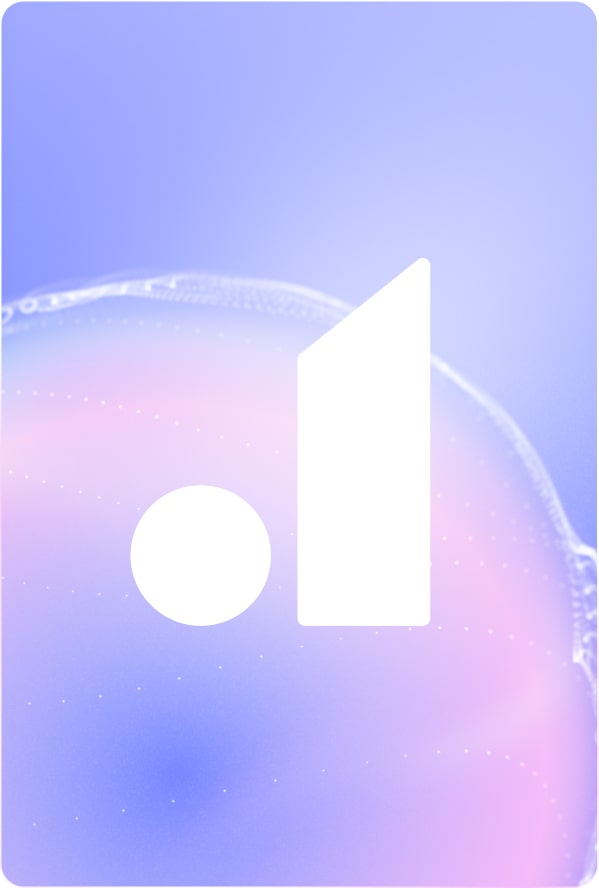
// Recruitment Technology
How Recruiters Are Switching from Greenhouse to Atlas—Without Skipping a Beat
20/08/2025
8 MIN
Greenhouse works well for many in-house recruitment teams, but for fast-paced UK agencies, it can become limiting. Manual admin starts to stack up, outreach becomes inefficient, and reporting often takes longer than expected. Despite these frustrations, many teams hesitate to make a change because they’re worried about disruption.
That hesitation is understandable. Moving to a new ATS sounds risky if it means downtime, data loss or having to retrain everyone.
But that doesn’t have to be the case.
In this article, we’ll explore how UK agency recruiters are switching from Greenhouse to Atlas while keeping their operations running smoothly. You’ll see how the right migration process, paired with tools designed for agencies, can simplify workflow and improve productivity without putting recruitment on hold.
Why UK agencies consider leaving Greenhouse
Greenhouse is a well-known platform for customers in the ATS space, but it was originally built with in-house tech and startup teams in mind. For UK-based agency recruiters, that foundation can create friction.
Agencies often find themselves working around the system rather than with it to match talent to their clients’ companies. Workflows that should be simple—like moving candidates through stages, client reports, or sending targeted, thoughtful outreach—end up taking more time than they should. Greenhouse offers powerful functionality to its users, but it’s not tailored to the pace and demands of agency environments.
Common reasons recruiters consider switching include:
- Too much manual admin. Everyday tasks like updating candidate statuses, scheduling interviews or managing pipelines often require repetitive clicks or external tools.
- Limited automation. Automating routine processes is difficult without third-party integrations, which adds cost and complexity.
- Lack of business development tools. Greenhouse isn’t built to support proactive outreach or personalised engagement at scale—key activities for agency growth.
- Inflexible reporting. Creating client-ready reports or internal performance snapshots typically involves workarounds or exporting data to spreadsheets.
- Poor UK-specific alignment. Agencies need tools that reflect local compliance standards, billing models, and team structures—areas where Greenhouse often falls short.
These gaps don’t always show up right away. Many teams only notice them as they grow, diversify their client base, or look for ways to improve efficiency. By that point, the platform feels less like a system of support and more like something holding them back.
What a smooth data migration actually looks like
For many agencies, the idea of switching ATS platforms triggers concerns about downtime, data loss, or a painful onboarding process. These are real risks if the migration isn’t handled well. But with the right approach, the transition can be fast, controlled, and disruption-free.
Atlas takes a structured, guided approach to migration that ensures recruiters can continue working without interruption. From the very first planning call to the final sign-off, the process is designed to minimise risk and remove the heavy lifting from your team.
Here’s what that looks like in practice:
- Live access throughout. You’ll continue using your current ATS until the new system is ready to go live. There’s no blackout period or forced switchover.
- Clear data mapping. All key data—candidates, clients, jobs, notes, communications and custom fields—is carefully mapped and migrated to maintain integrity and usability.
- Dedicated support. The Atlas migration team manages the entire project, including sandbox previews, feedback rounds, and post-migration checks.
- Tested, not rushed. You’ll review a sandbox version of your migrated data before anything is finalised, giving your team confidence before the switch.
This process has been developed specifically for recruitment agencies. It removes uncertainty and gives your team a clean, working system from day one—so there’s no need to pause hiring or change how you work during the transition.
What you gain by migrating to Atlas
Migrating to a new platform isn’t just about fixing what’s broken. It’s also an opportunity to raise the bar on how your team works every day. Atlas is designed specifically for agency recruiters, with built-in tools that remove admin, improve reporting, and give you more time to focus on placements and growth.
Here are four key features that make a real difference:
1. Recruiting process automations that eliminate admin
Atlas includes automation tools that reduce the need for repetitive actions, whether you’re a one-person army or an enterprise agency. From automatically updating candidate statuses to triggering reminders and follow-ups, you can streamline everyday workflows without relying on third-party tools.
Whether you’re chasing up interview feedback or updating a job pipeline, rest assured that Atlas handles it behind the scenes—so recruiters can spend more time on high-value work.
2. Executive search reports in a few clicks
Client reporting shouldn’t require a spreadsheet marathon. Atlas lets you generate polished, client-ready search reports in seconds, with insights into candidate pipelines, outreach activity, and project status.
Reports can be tailored to your agency’s or client organisation’s branding and formatted for easy sharing, making it simple to keep clients updated and engaged.
3. Built-in AI note taker
Capturing candidate insights during calls and interviews is vital—but manual note-taking slows everything down. Atlas solves this with an AI note taker that records and summarises your calls into clear, structured notes.
These summaries are saved directly in the candidate record, making them easy to reference later and helping teams share context without extra admin.
4. Personalised outreach at scale
Whether you’re nurturing passive candidates or building your BD pipeline, personalised outreach is essential. Atlas supports multi-channel outreach across email, calls, and to-dos, with smart templates and AI-powered suggestions to improve open and response rates.
Recruiters can run targeted campaigns that feel personal—without spending hours writing from scratch.
The Atlas migration process – What to expect
Step 1: Exporting your Greenhouse data
Your migration begins with requesting and downloading your data from Greenhouse. This typically includes structured CSV files or a database export containing candidate profiles, job posts, interview data, and notes. Once your export is available, either through direct download or via secure FTP, send it to us and we’ll take it from there.
Step 2: Uploading your export to a review environment
We import your Greenhouse data into a Redshift-based staging environment, allowing us to explore and structure your records clearly. This environment gives us the ability to analyze how your data is organized and identify inconsistencies or formatting differences that might need attention.
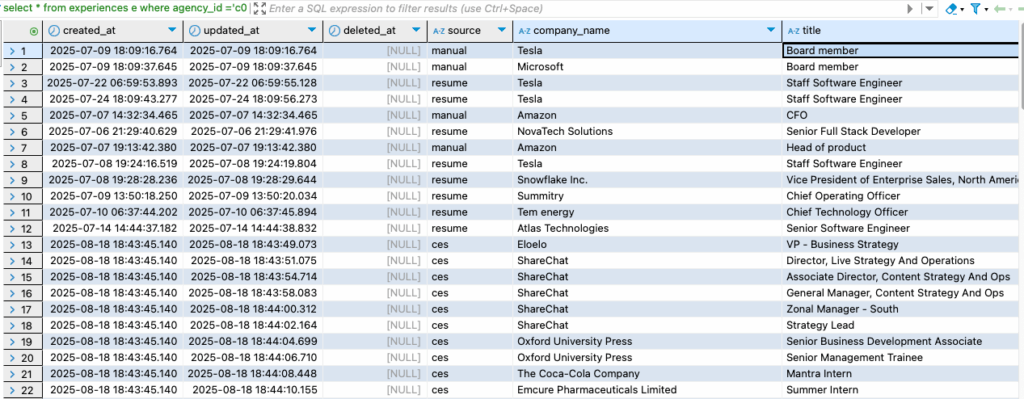
Step 3: Reviewing your fields for mapping
Next, we use our Migration Dashboard to help you review the fields from your Greenhouse export. You’ll see how each field, whether standard or custom, can be mapped to Atlas’s data model. Our team will suggest default mappings and collaborate with you to make sure everything lines up correctly.
Step 4: Confirming mappings and preparing for transformation
After the initial review, we work together to finalize the mappings. If anything is unclear or requires deeper logic, like custom interview stages or scorecards, we’ll flag it for discussion and clarify where it should land in Atlas.
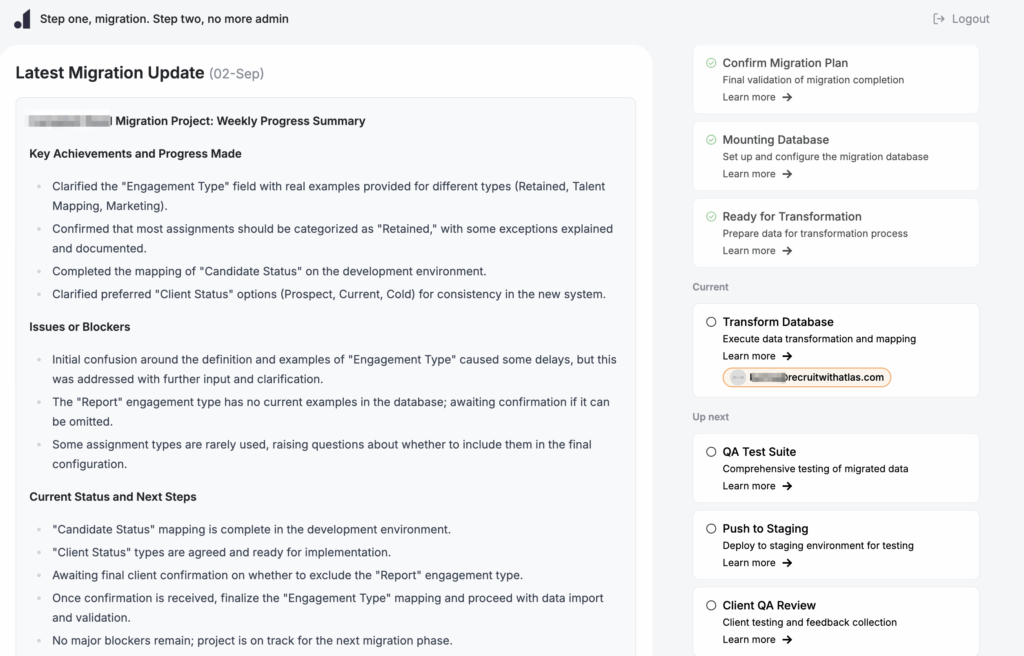
Step 5: Transforming your data
Using DBT, we apply transformation logic that restructures your data to fit Atlas’s format. This includes cleaning up inconsistent entries, removing duplicates, converting timestamp formats, and applying defaults where needed. We maintain version control so every change is traceable.
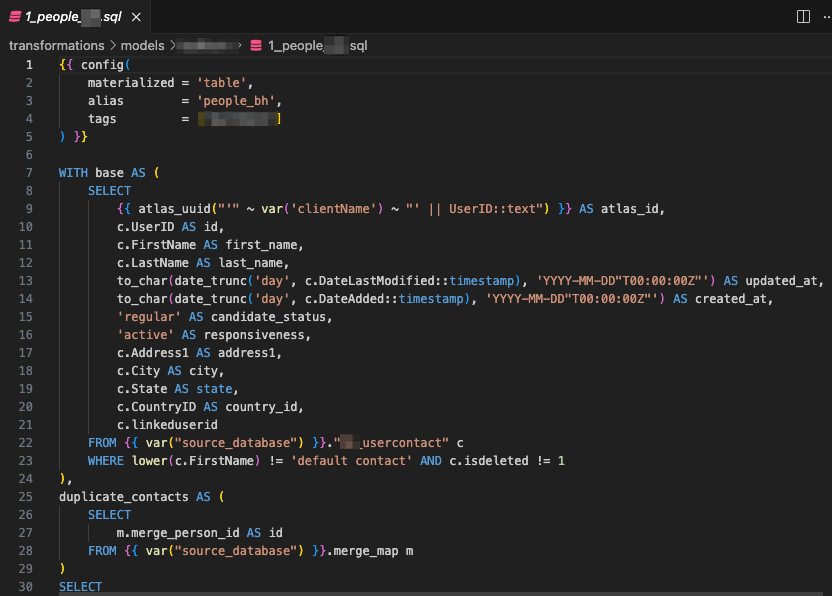
Step 6: Running QA and validation tests
Before moving ahead, we run automated quality assurance tests on every table. These checks look for required field completion, formatting accuracy, duplicates, and relational mismatches. We also use AI to detect outliers or unusual values that may require human review.
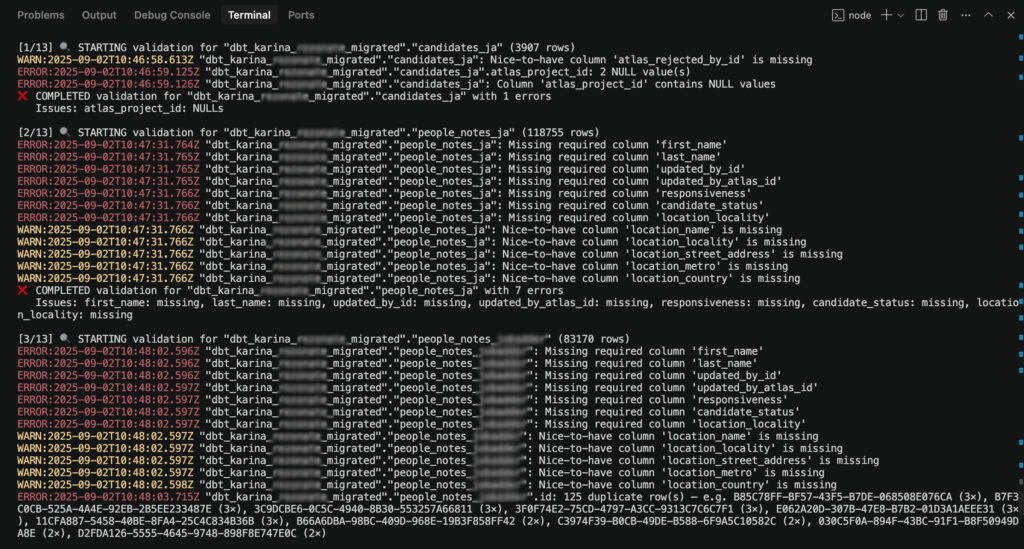
Step 7: Staging and internal review
Once QA is complete, we load your transformed data into a staging version of Atlas. Your team will use a provided checklist to validate everything including candidates, job records, interviews, and files. Any feedback is gathered in Notion and acted on promptly to keep things moving.
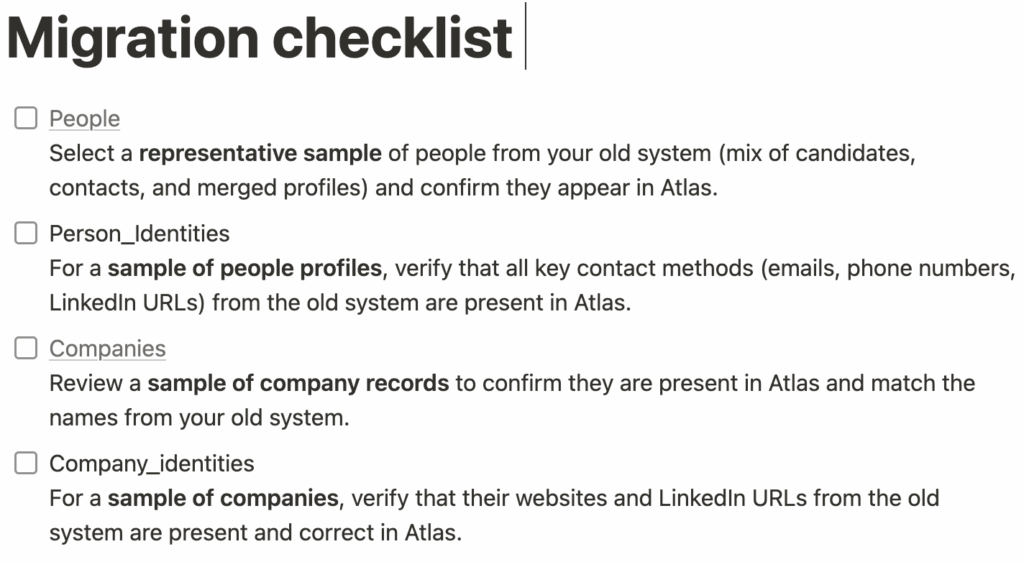
Step 8: Final move to production
With staging approved, we move your Greenhouse data into the live Atlas environment. For existing users, we merge your new data with what’s already there. For new teams, the staging environment becomes your full production instance.
Search indexing is completed, files are linked, and your data is fully live in Atlas, ready to support your hiring workflows.
Frequently Asked Questions (FAQs) on migrating from Greenhouse to Atlas
No. Atlas ensures a full, structured migration of your existing data—including candidates, jobs, clients, notes, communications, placements, and custom fields. Your team retains access to everything they need, with no gaps in record history.
Most migrations from Greenhouse are completed within a few weeks, depending on data complexity and responsiveness during the testing phase. Your team can continue using Greenhouse right up until go-live.
No. You’ll have uninterrupted access to your current system while the migration is underway. The switch to Atlas happens only once everything has been reviewed, tested, and signed off.
Not at all. The Atlas migration team handles the process end-to-end. Your POC is involved in reviewing the sandbox and training, but the heavy lifting is done for you.
Most recruiters are comfortable using Atlas within their first week. Onboarding is tailored to agency workflows and includes live training, practical how-tos, and ongoing support through chat and documentation.
Leave the limitations behind with a future-proof applicant tracking system
Migrating away from Greenhouse doesn’t have to mean disruption. With the right process and the right partner, switching ATS can be a seamless experience—one that helps your team work faster, smarter, and with less admin drag.
Atlas is purpose-built for agency recruiters. It brings helpful automations, intuitive tools, and AI-powered features into one platform that supports how recruiters actually work. No clutter, no unnecessary complexity—just a system that helps you focus on what matters: building relationships and placing high-quality candidates.
If you’re ready to stop working around the limitations of your current ATS and start moving with more clarity and control, Atlas is the better long-term choice.


